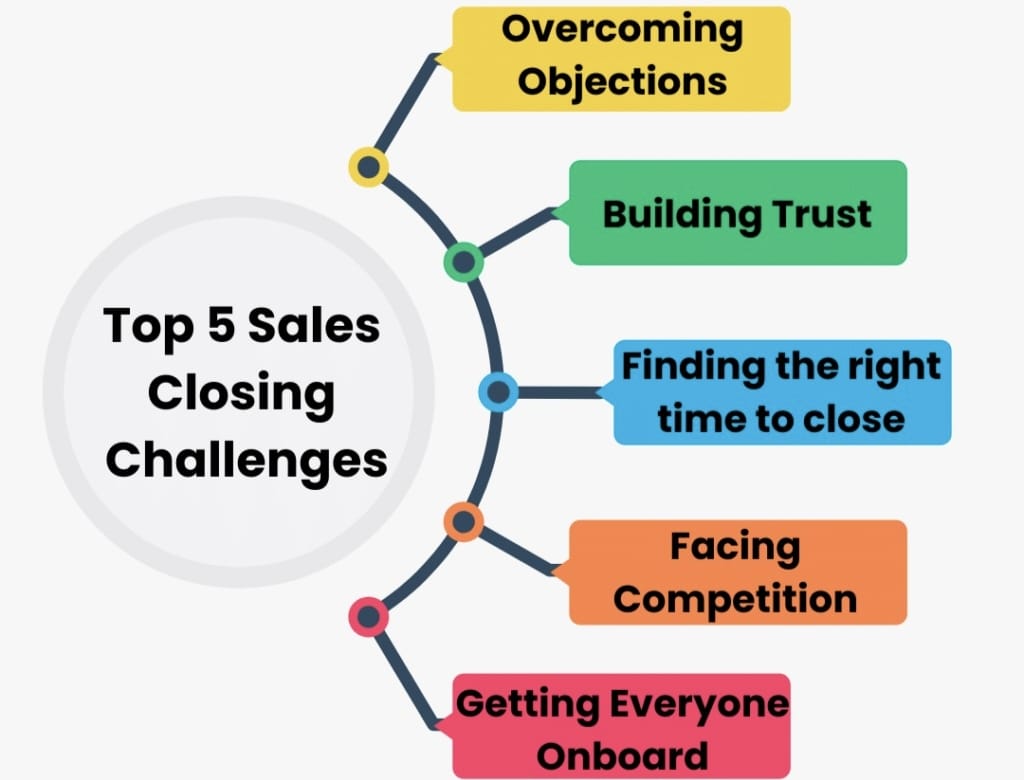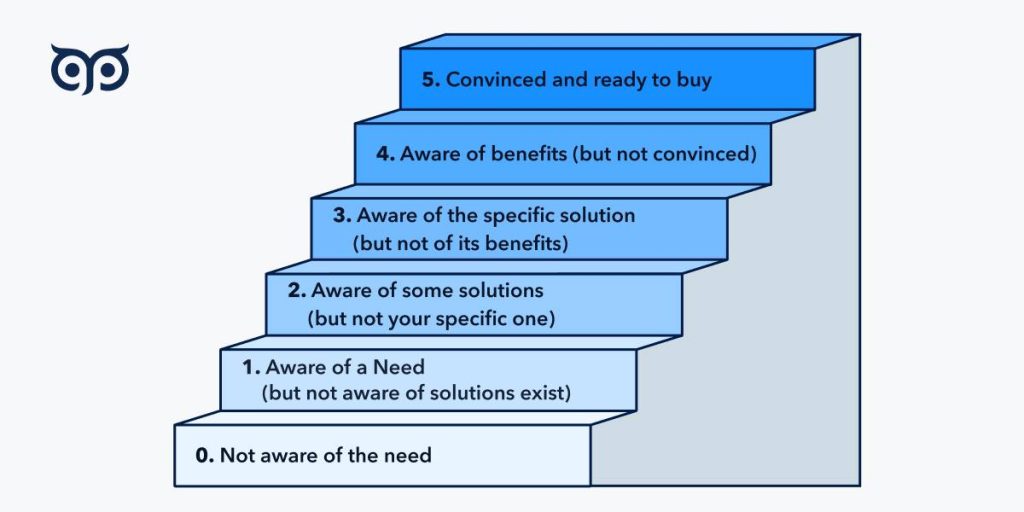The Deal Maker: The Art and Essence of Negotiation
In every sphere of life, deals are made—some that build empires, others that resolve conflicts, and many that shape the very core of personal and professional relationships. The Deal Maker is not just a negotiator; they are an architect of mutual value, a master of influence, and a bridge between differing interests. This chapter explores the essence of deal-making, the skills that define a true deal maker, the process of successful negotiation, and the mindset required to excel in this high-stakes art.
The Role of a Deal Maker
A deal maker is someone who can bring people, organizations, or nations together for mutual benefit. They possess a unique blend of analytical sharpness, emotional intelligence, persuasive communication, and strategic thinking. Whether it is a startup founder securing funding, a diplomat negotiating peace, or a manager resolving internal conflict, the ability to make deals is central to progress and success.
The role of a deal maker extends beyond simply “winning” a negotiation. It involves:
Understanding both visible and hidden interests of all parties.
Designing win-win outcomes.
Sustaining long-term relationships.
Navigating complexity and ambiguity with poise.
Great deal makers like Nelson Mandela, Warren Buffett, and Satya Nadella demonstrate how diplomacy, empathy, and preparation can turn negotiation into a tool for transformation.

Key Traits of a Successful Deal Maker
a. Emotional Intelligence
The ability to manage emotions, understand the other person’s perspective, and remain calm under pressure is fundamental. Negotiation is often tense. A deal maker’s emotional intelligence helps them navigate high-pressure moments with grace.
b. Active Listening
Listening is more powerful than talking in most negotiation settings. The deal maker listens deeply—not just to words but to intent, tone, and subtext. This reveals hidden needs or motivations.
c. Confidence and Humility
Confidence allows the deal maker to assert their position, while humility helps them remain open to other views. The best deals are not forced but discovered through honest, open dialogue.
d. Patience and Persistence
Some negotiations are quick, but many take time, back-and-forth discussions, and consistent follow-up. A true deal maker is persistent without being pushy, patient without being passive.
e. Strategic Thinking The deal maker sees the bigger picture and thinks several moves ahead. They understand trade-offs and know when to concede on minor points to gain major advantages.

The Stages of a Successful Deal
Stage 1: Preparation
This is where the deal is won or lost. A skilled deal maker invests significant time researching:
Who are the stakeholders?
What are their needs and pain points?
What are the non-negotiables?
What are the possible concessions?
Preparation also includes defining one’s own goals and the BATNA—Best Alternative to a Negotiated Agreement. Knowing your BATNA empowers you to walk away if the deal turns unfavorable.
Stage 2: Relationship Building
Deals are made between people, not companies or institutions. Building trust is essential, especially in cultures where relationships matter as much as the contract.
Initial conversations should focus on connection, common ground, and rapport. This may involve:
Sharing stories or background.
Expressing mutual goals.
Demonstrating credibility and integrity.
Stage 3: Information Exchange
Now comes the discovery phase. Both sides present their positions, needs, and perspectives. A deal maker does more listening than talking during this phase.
The goal is to uncover:
Real interests behind stated positions.
Constraints on both sides.
Areas of flexibility.
Stage 4: Bargaining and Problem-Solving
This is the negotiation core. The deal maker explores trade-offs, proposes creative solutions, and navigates around roadblocks.
They use techniques such as:
Anchoring: Setting the initial terms to frame the negotiation range.
Framing: Presenting ideas in a way that highlights mutual value.
Concessions strategy: Offering concessions in a calculated way, never giving more than necessary.
Stage 5: Closing the Deal
Closure should feel like a mutual victory. The final agreement must be clear, comprehensive, and reflect the understanding developed during the negotiation.
A deal maker ensures:
All terms are defined and agreed upon.
There are no unresolved ambiguities.
Trust is preserved even if tough compromises were made.
Stage 6: Follow-Through
Many deals fall apart in execution. A real deal maker ensures post-deal clarity and collaboration. They maintain the relationship, ensure deliverables are met, and stay involved as needed.

The Psychology Behind Negotiation
Great negotiators understand human psychology. They know how fear, greed, ego, and status influence decisions. They can sense hesitation, capitalize on momentum, and de-escalate tension with the right tone.
Some psychological principles a deal maker leverages include:
Reciprocity: People feel obligated to return favors or concessions.
Scarcity: Limited offers often create urgency.
Consistency: Once someone says “yes” to something, they’re more likely to stay consistent.
Authority: Confidence and credibility make offers more persuasive.
Cultural Intelligence in Deal Making
In global negotiations, cultural sensitivity is key. What works in one country may offend in another. The deal maker must be culturally intelligent:
Understanding norms around hierarchy, time, communication, and formality.
Adapting their style without losing authenticity.
Respecting differences without compromising core values.
Ethics in Deal Making
Ethics must guide every negotiation. A deal that is won through deceit or manipulation is not sustainable. Ethical deal makers:
Are transparent about terms and expectations.
Avoid exploiting the other party’s weaknesses.
Honor commitments, both legal and informal.
They build reputations as trustworthy partners, which pays off in long-term goodwill.

Famous Deal Makers and Their Lessons
Nelson Mandela
While leading negotiations to end apartheid, Mandela demonstrated emotional control, empathy, and strategic compromise. His lesson: true deal making requires moral courage and long-term vision.
Steve Jobs
Jobs was known for negotiating fiercely yet creatively—with partners, vendors, and even competitors. His lesson: bring passion, clarity, and bold ideas into the negotiation.
Indra Nooyi
As CEO of PepsiCo, she handled numerous M&As and partnerships. Her style—humble yet firm—emphasized mutual growth. Her lesson: empathy and excellence can co-exist in leadership-driven deal making.
Modern Deal Making in the Digital Age
Today’s negotiation landscape has shifted:
Virtual Negotiations: Zoom calls replace face-to-face, changing how rapport is built.
AI and Data: Negotiators now rely on analytics to forecast outcomes and assess proposals.
Speed vs. Depth: The pressure for fast deals can sacrifice long-term quality.
Yet, the core principles remain. Human connection, trust, clarity, and creativity still define success.

The Deal Maker’s Mindset
To be a great deal maker, cultivate these beliefs:
Every problem has a solution—if you stay open and creative.
Negotiation is not conflict; it’s collaboration.
You can say “no” without burning bridges.
Long-term wins are better than short-term victories.
Success in negotiation is not about tricks; it’s about clarity, courage, and connection.
In every career and venture, the ability to make deals—big or small—sets leaders apart. The Deal Maker is not born but built through experience, learning, and conscious refinement. From boardroom negotiations to personal discussions, the skills outlined here can shape destinies. Become the person who creates opportunity, crafts clarity out of conflict, and transforms disagreement into shared success. That’s the essence of a true deal maker.
https://www.linkedin.com/in/satish-kakri-executive-coach-17224417
https://www.facebook.com/nimblefoundation1
Thanks for Reading.




